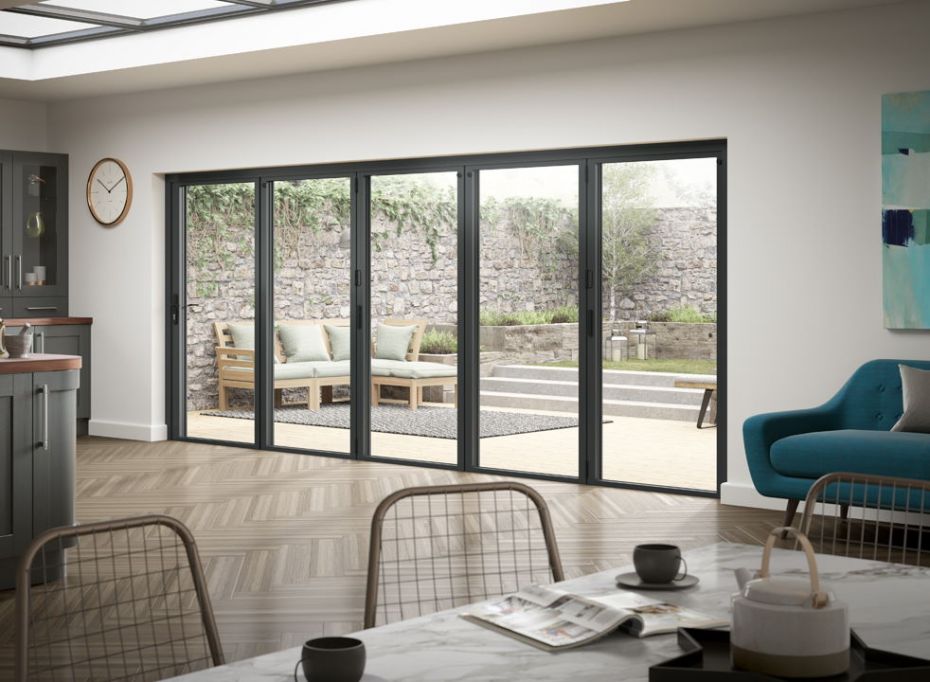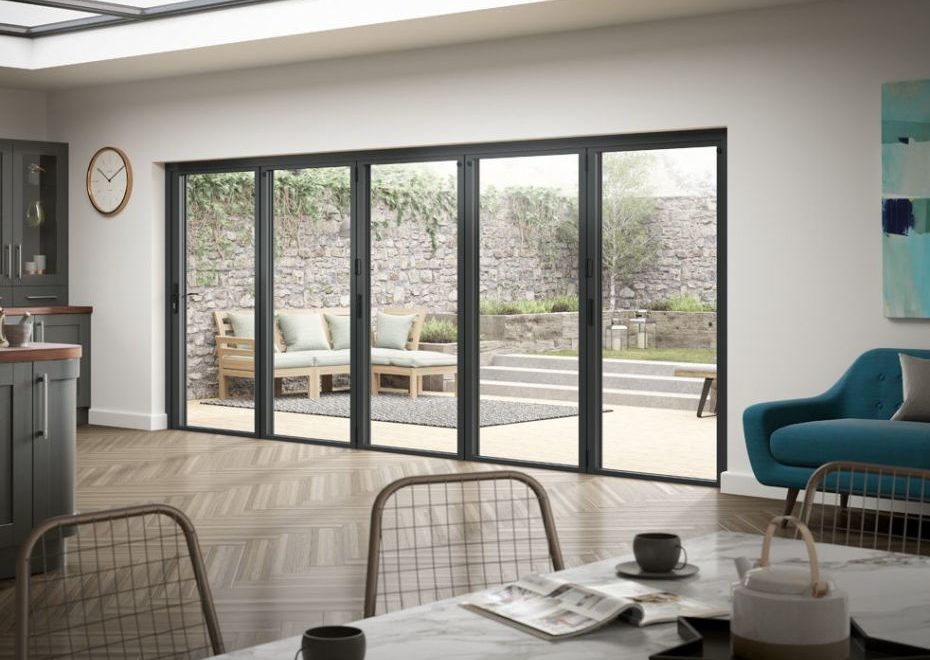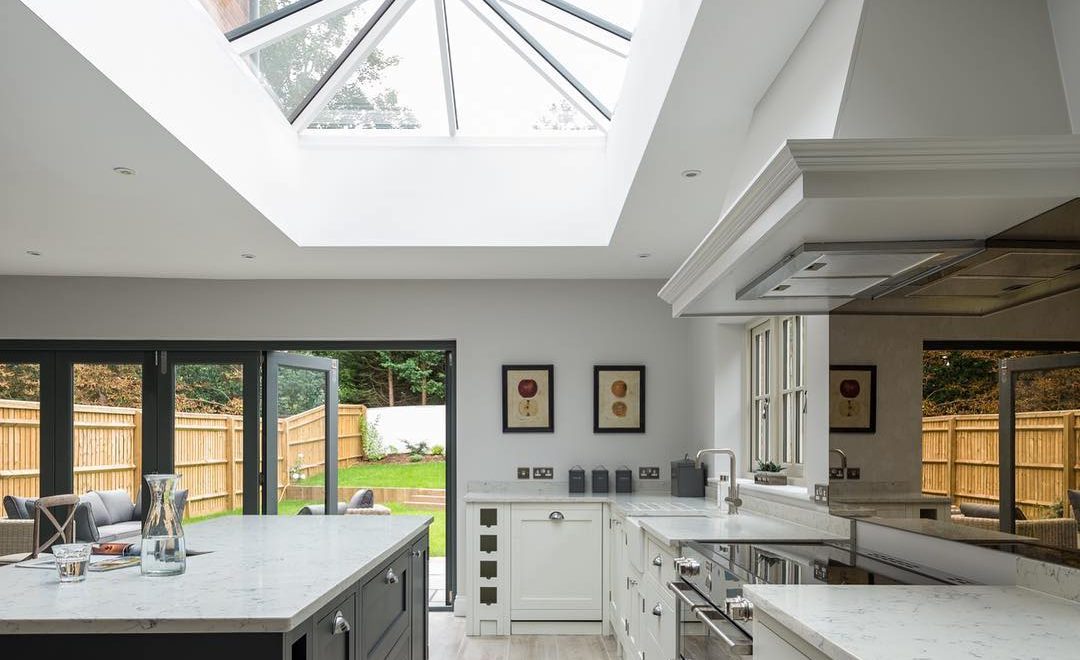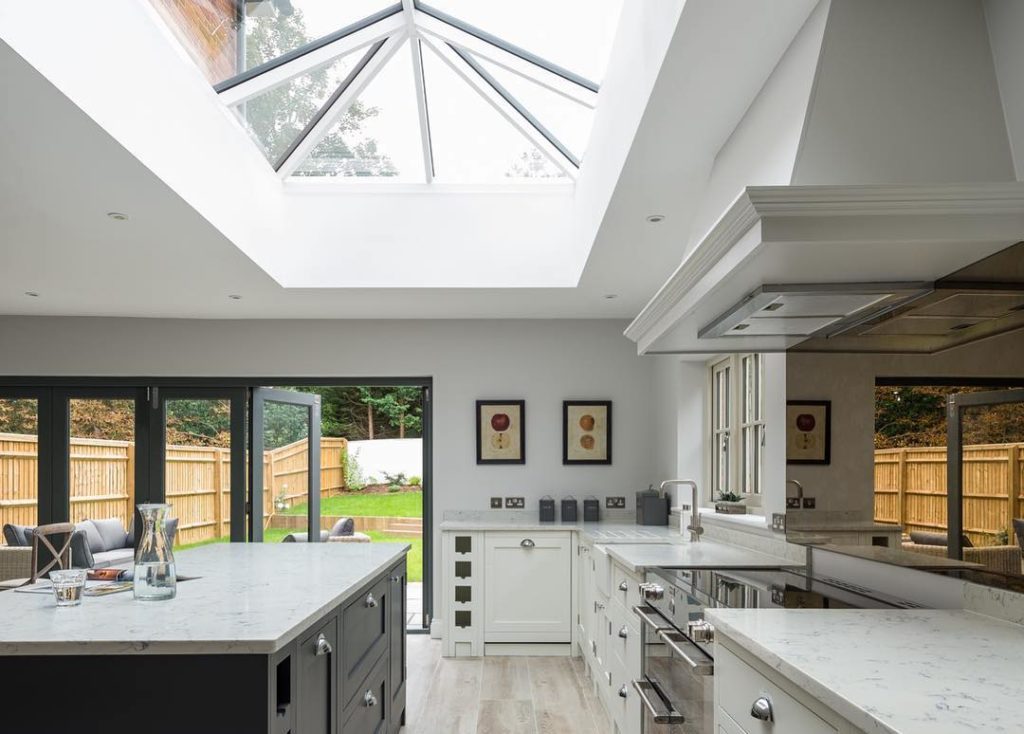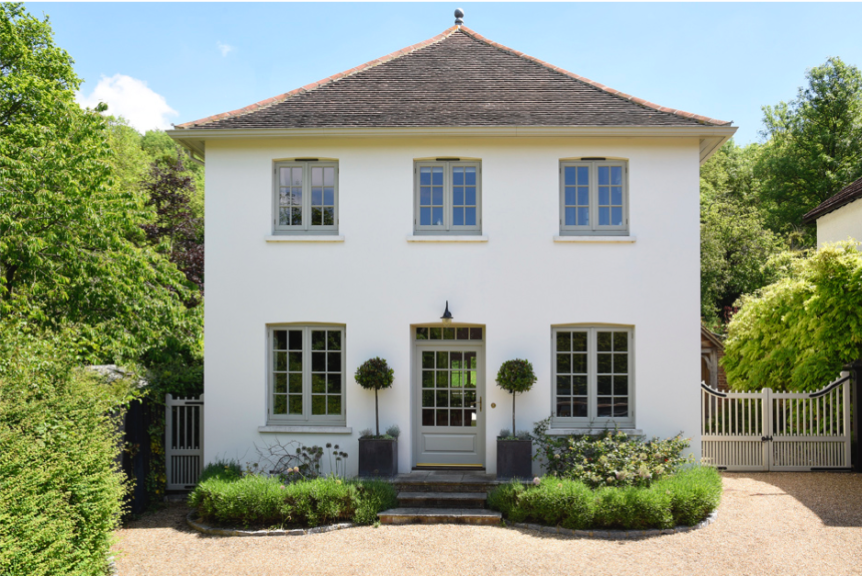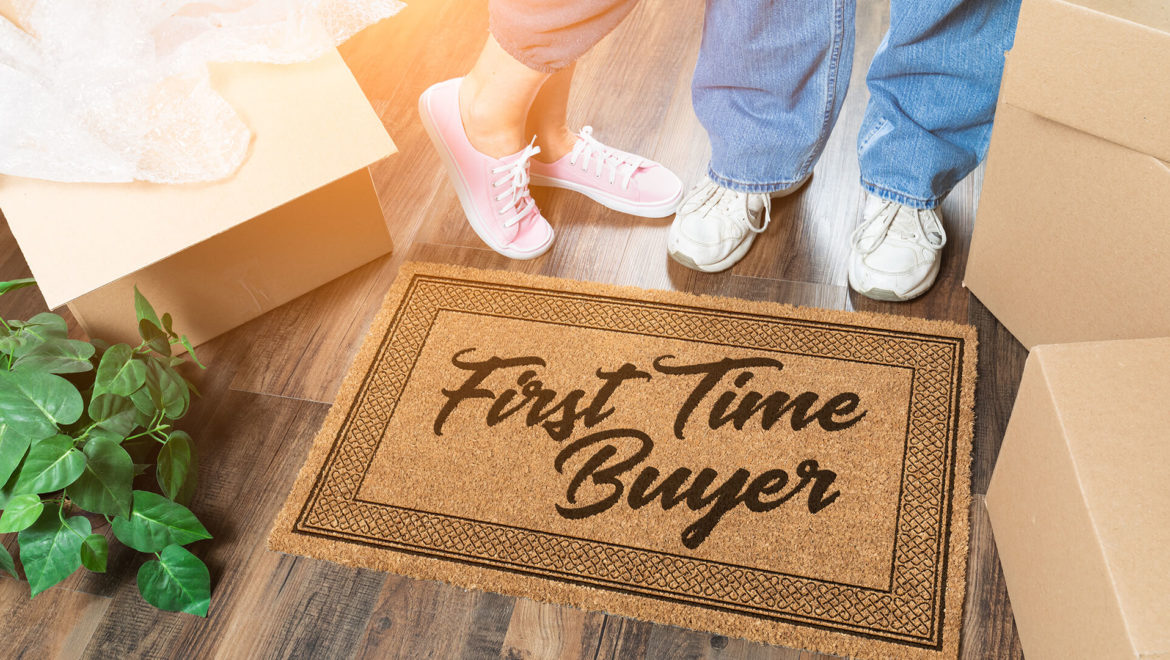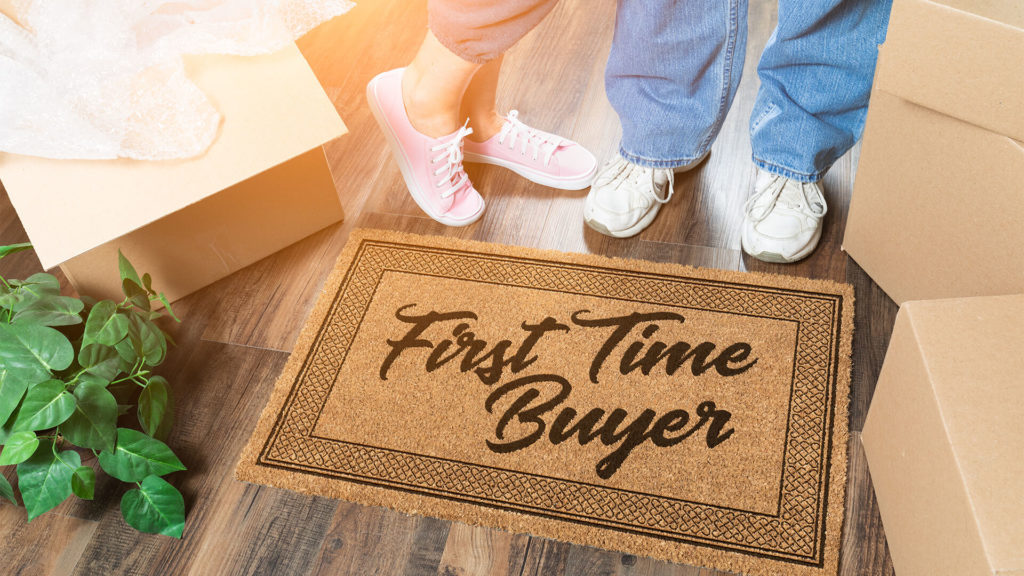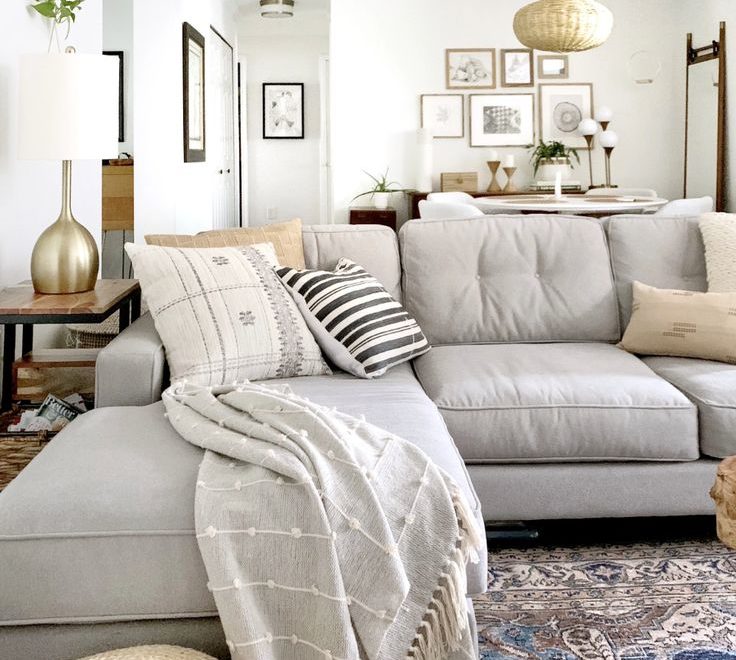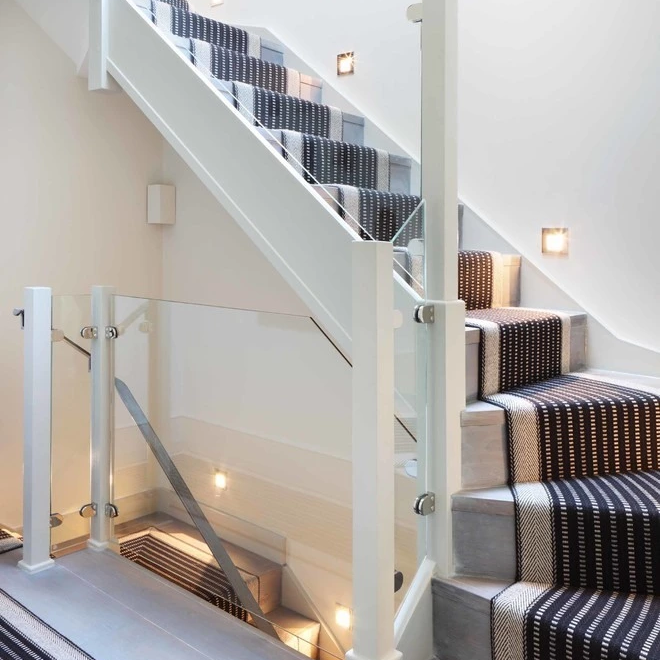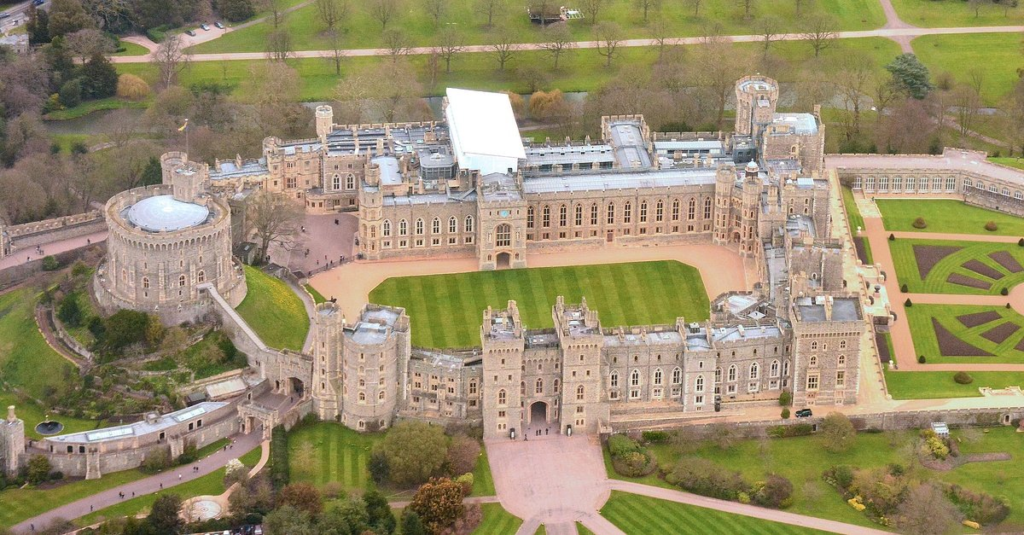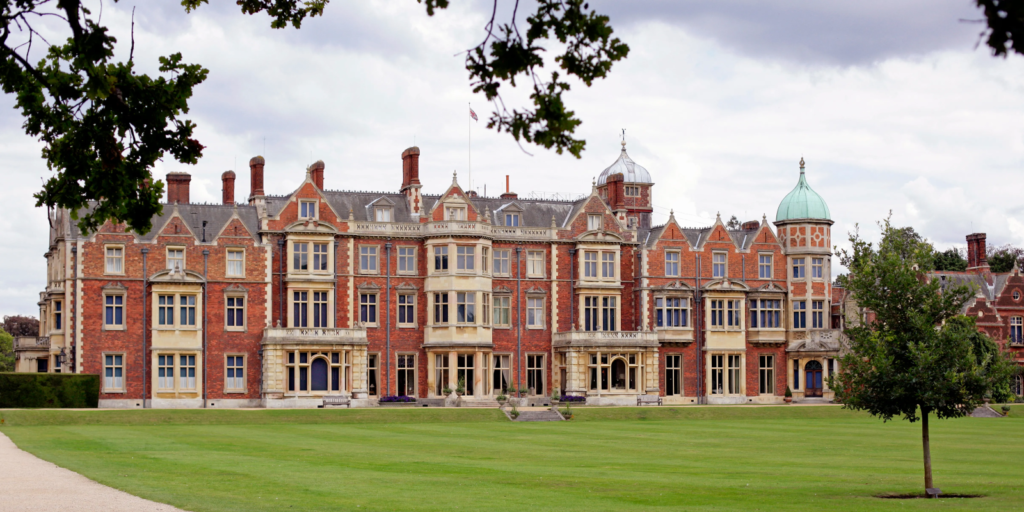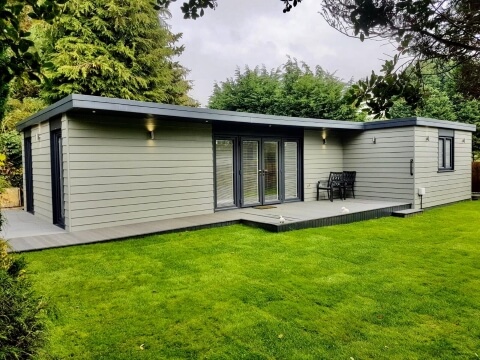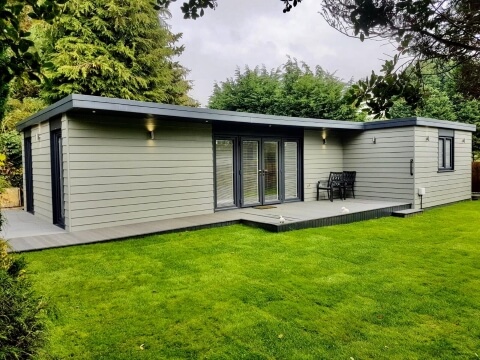The advantages and disadvantages of bifold doors
Bifold doors are a great way to improve your home. They are able to blend the inside and outside space together, increasing the amount of natural light and fresh air into the home. In this blog we will look at some of the advantages and disadvantages of bifold doors.
Firstly, what is a bifold door?
Bifold doors are doors that slide open, made from a series of panels that fold up against the wall, kind of like an accordion. They are usually glazed with large glass panels that let plenty of light in. The doors are usually located at the back of the property, leading into the garden creating indoor outdoor living.
The advantages of bifold doors
Easy to live with and maintain –
Keeping aluminium and UPVC bifold doors in good condition is very easy. This is because they only require a wipe down with a standard window cleaner, just like you would do with your windows.
The doors are fitted onto tracks that are flushed with the floor. This makes the doors easy to open, and because they are flushed it reduces the trip hazard. They come with a slim profile which not only looks unobtrusive, but which allows them to be easily moved back and forth.
Bifold doors are modern and desirable –
Bifold doors have become a staple in new builds and modern homes. Aluminium is a great choice for the frames as they are strong and they look very impressive. Furthermore, many people now days love the idea of inside, outside living, so bifold doors is a great choice for them.
Highly secure –
The doors include multiple locking points across the structure making them one of the most secure patio doors available. Especially if they are made with aluminium.
Disadvantages of bifold doors
Some doors may stack inside the home –
If the doors fold into the home, then they will stack inside. If you have limited space this could be intrusive
Cost –
Because of the complexity and engineering that goes into high quality bifold doors, it’s not a surprise that they can be more expensive than sliding or French doors. On average, you are looking at around £1,000 per metre. Some installations need to be bespoke designs which will raise the cost
The doors include a lot of frames –
Each folding pane of glass has its own frame which, when closed, can mean a slightly obstructed view. You can minimise this by making the frames as slender as possible.
